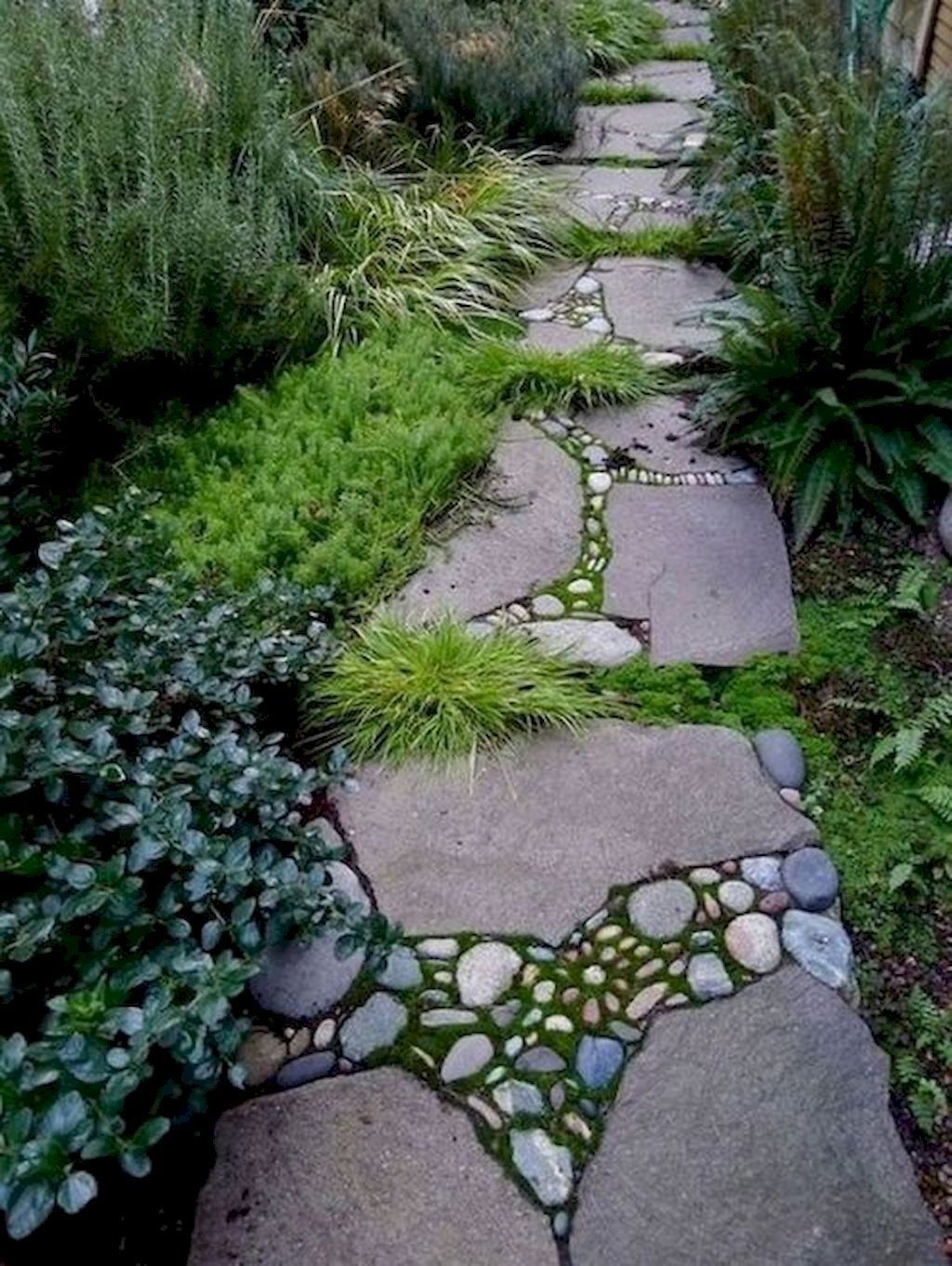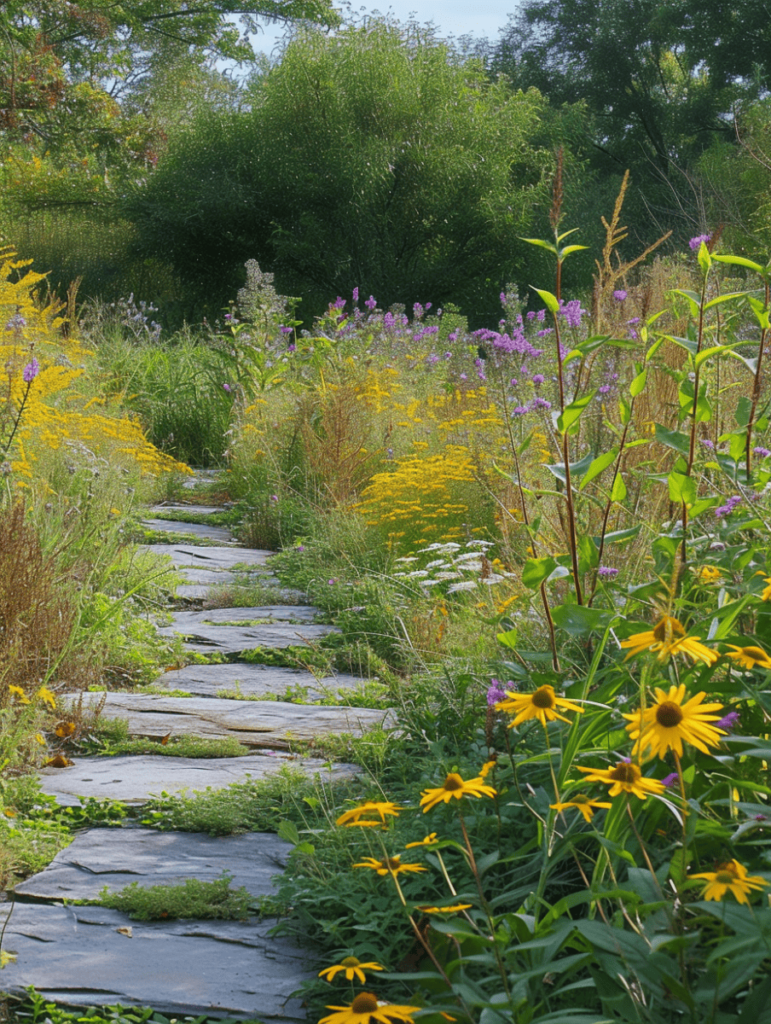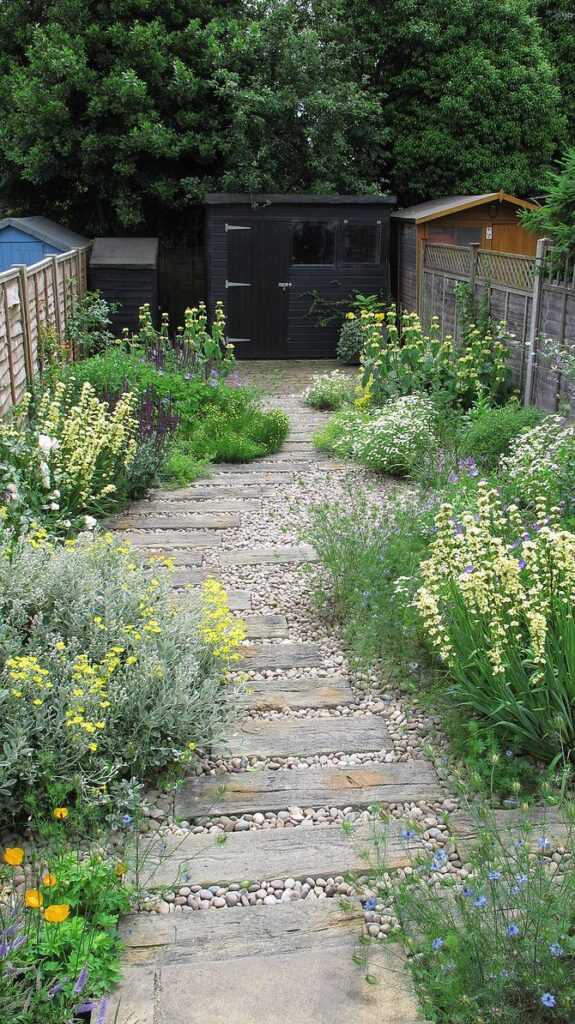Garden paths play an important role in landscaping, as they not only provide a way to navigate through the garden but also add beauty and charm to the outdoor space. A well-designed garden path can enhance the overall aesthetics of the garden and create a sense of harmony between different elements. Whether your garden is big or small, a carefully planned garden path can transform the space and make it more enjoyable to explore.
There are many different types of garden paths to choose from, depending on the style and layout of your garden. Gravel paths are a popular choice for a rustic and natural look, while paved paths offer a more formal and structured appearance. Stepping stone paths can add a whimsical touch to the garden, while wooden paths are perfect for a more natural and organic feel. No matter which type of path you choose, it is important to consider the overall design and theme of your garden to ensure that the path complements the existing features and enhances the overall look of the space.
In addition to aesthetics, garden paths also serve a functional purpose by providing a way to access different areas of the garden easily. They can help define specific areas within the garden, such as flower beds, vegetable patches, or seating areas. By carefully planning the layout of the paths, you can create a sense of flow and direction in the garden, guiding visitors through the space and creating a sense of discovery as they explore different areas.
When designing a garden path, it is important to consider factors such as the width, length, material, and shape of the path. The width of the path should be wide enough to comfortably accommodate foot traffic, while the length should be proportionate to the size of the garden. The material of the path should be chosen based on the overall design of the garden and the maintenance requirements. Additionally, the shape of the path can be curved, straight, or meandering, depending on the desired effect and the layout of the garden.
Maintenance is another important aspect to consider when planning a garden path. Depending on the type of path you choose, maintenance requirements may vary. Gravel paths may require periodic replenishing of the gravel, while paved paths may need occasional weeding and cleaning. Wooden paths may need to be treated regularly to prevent rot and decay. By considering maintenance needs during the planning stage, you can ensure that your garden path remains in good condition and continues to enhance the beauty of your garden for years to come.

















